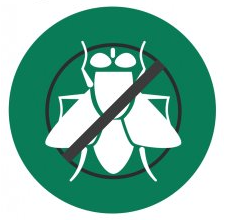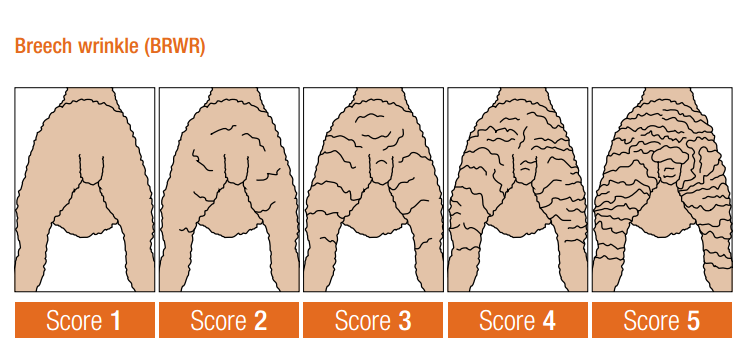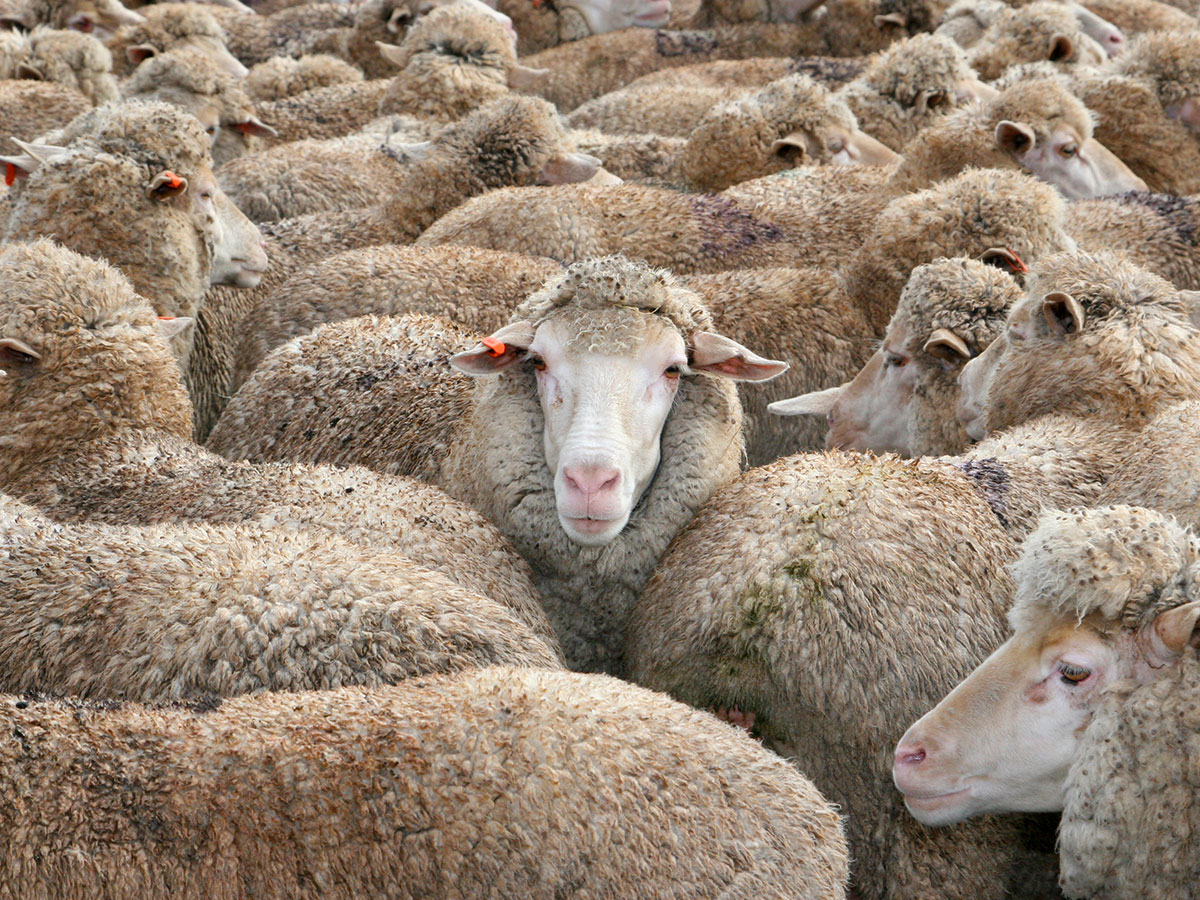he time for flystrike is upon us. Sheep producers know the damage that shiny green fly can cause, being responsible for over 90 per cent of flystrike incidences.
The fly lays eggs on the soiled wool or open wound with the maggots then burying themselves under the skin of the animal potentially causing serious animal welfare issues if left untreated.
Environmental factors which increase the risk of fly strike include:
- daily temperatures over 17oC
- steady or intermittent rain over a number of days, contributing to fleece rot
- moderate to low wind, increasing fly numbers.
Wool Producers Australia estimates a cost to industry of $280 million annually as a result of flystrike, and so it’s important to remember that prevention is more cost effective than the treatment.
Successful prevention comes down to effective risk management.
There are a number of resources that can help in the battle against fly strike, and to fine tune the timing of management strategies.
There’s an app for that!
Western Australia’s Department of Primary Industries has developed a free phone app which includes an up-to-date database of commercially available flystrike preventative chemicals.
Flystrike assist gives a producer access to information about chemical withholding and protection periods, with a handy visual timeline. You also have the option to compare the timelines for different chemicals.

Flyboss.com.au
Flyboss.com.au is the one stop shop for all things flystrike.
It includes tips and tools for breeding and selection to reduce your flock’s susceptibility to flystrike, such as what to look for when selecting rams and ewes.

Flyboss also provides management plans, treatment tools and techniques, including a geographical guide to help determine the risk in your area and an annual flystrike management calendar to help you document your management strategy.
For more information contact VFF’s Livestock Health & Biosecurity Team
